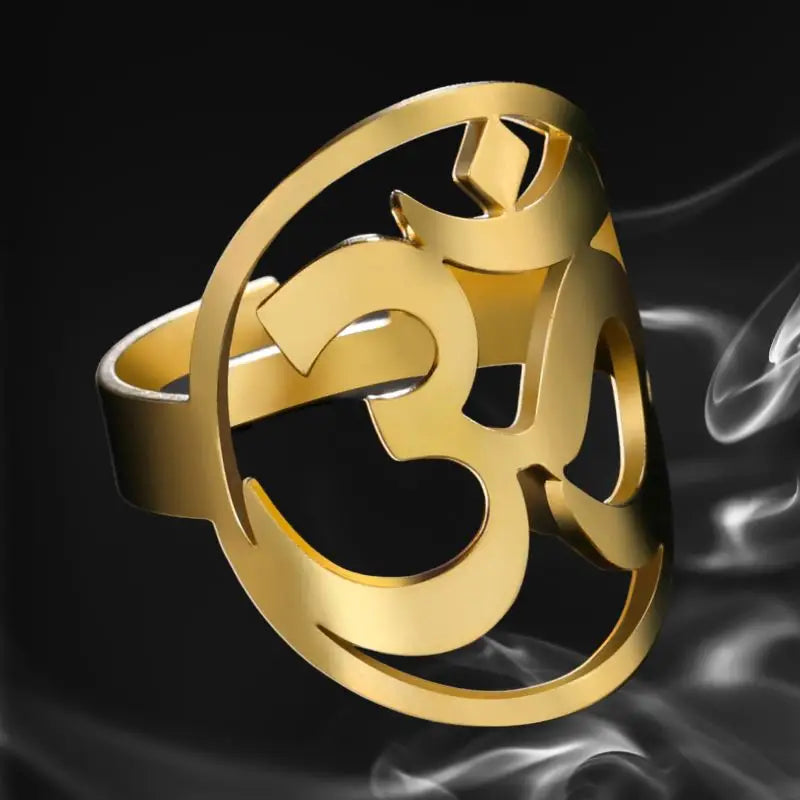Who is Shiva in Buddhism? Explanation and Key Elements
Description of Shiva in Buddhism
In Buddhism, Shiva is considered an important deity. Although primarily associated with Hinduism, Shiva also finds a place in Buddhist traditions. In these traditions, Shiva is often revered as a Bodhisattva, a person dedicated to the awakening of all beings.
Shiva is usually depicted with traditional attributes such as a skull-shaped headdress, a necklace of snakes and a trident. These symbols reflect the complex nature of Shiva as the god of destruction and creation.
The role of Shiva in Buddhism
Shiva embodies several important qualities and roles in Buddhism, including:
- The Benevolent Destroyer: Shiva is associated with transformation and destruction of negative aspects of life, such as ignorance and attachment. This destruction creates space for growth and spiritual awakening.
- The Protector: Shiva is often invoked to protect Buddhist practitioners from negative forces and obstacles along the path to enlightenment.
- The spiritual guide: Shiva is also seen as a spiritual mentor who guides Buddhist practitioners on the path to awakening and liberation.
These diverse roles make Shiva a powerful symbol in the Buddhist tradition, offering guidance and inspiration to practitioners.
Shiva in Buddhist teachings
In Buddhist teachings, Shiva is often mentioned in the context of emptiness or emptiness. Emptiness is one of the key concepts of Buddhism, teaching that all phenomena are devoid of intrinsic nature and substance of their own.
Shiva represents the ultimate reality beyond deceptive appearances, reminding practitioners of the illusory nature of the world and the importance of cultivating wisdom and compassion.
By meditating on Shiva, practitioners are encouraged to develop a deeper understanding of the nature of reality and their own minds, helping them move forward on the path to enlightenment.
Shiva in Buddhist practices
Practices involving Shiva in Buddhism vary according to traditions and schools. Some common practices include:
- Mantra recitation: Practitioners recite mantras dedicated to Shiva to cultivate protection, wisdom and spiritual awakening.
- Rituals: Specific rituals can be performed to worship Shiva and receive his blessings and guidance.
- Meditation: Meditation on the image or symbolic nature of Shiva can help practitioners cultivate concentration, mental clarity and realization of emptiness. li>
The cult of Shiva in Buddhism
In different regions, certain Buddhist communities have developed a more specific cult dedicated to Shiva. For example, in the Himalayan region, Shiva is revered as an important deity and festivals are dedicated to him.
However, it is essential to note that within Buddhism there is a diversity of practices and beliefs, and that Shiva is not among the central figures of Buddhism in all traditions.
Ultimately, the representation and role of Shiva in Buddhism depends on the specific tradition and local beliefs.
Putting Shiva into perspective in contemporary Buddhism
In recent decades, a movement to revive the cult of Shiva in the Buddhist context has emerged. Many Buddhist practitioners find inspiration and guidance in the qualities and roles of Shiva.
However, it is also important to avoid confusion by mixing Buddhist teachings and Hindu traditions. Buddhist traditions have their own central figures, such as the Buddha, who must be respected.
In conclusion, although Shiva is primarily associated with Hinduism, he also has a place in Buddhism. As a Bodhisattva, Shiva embodies different roles and qualities in the Buddhist tradition, offering guidance and inspiration to practitioners on the path to enlightenment.











































